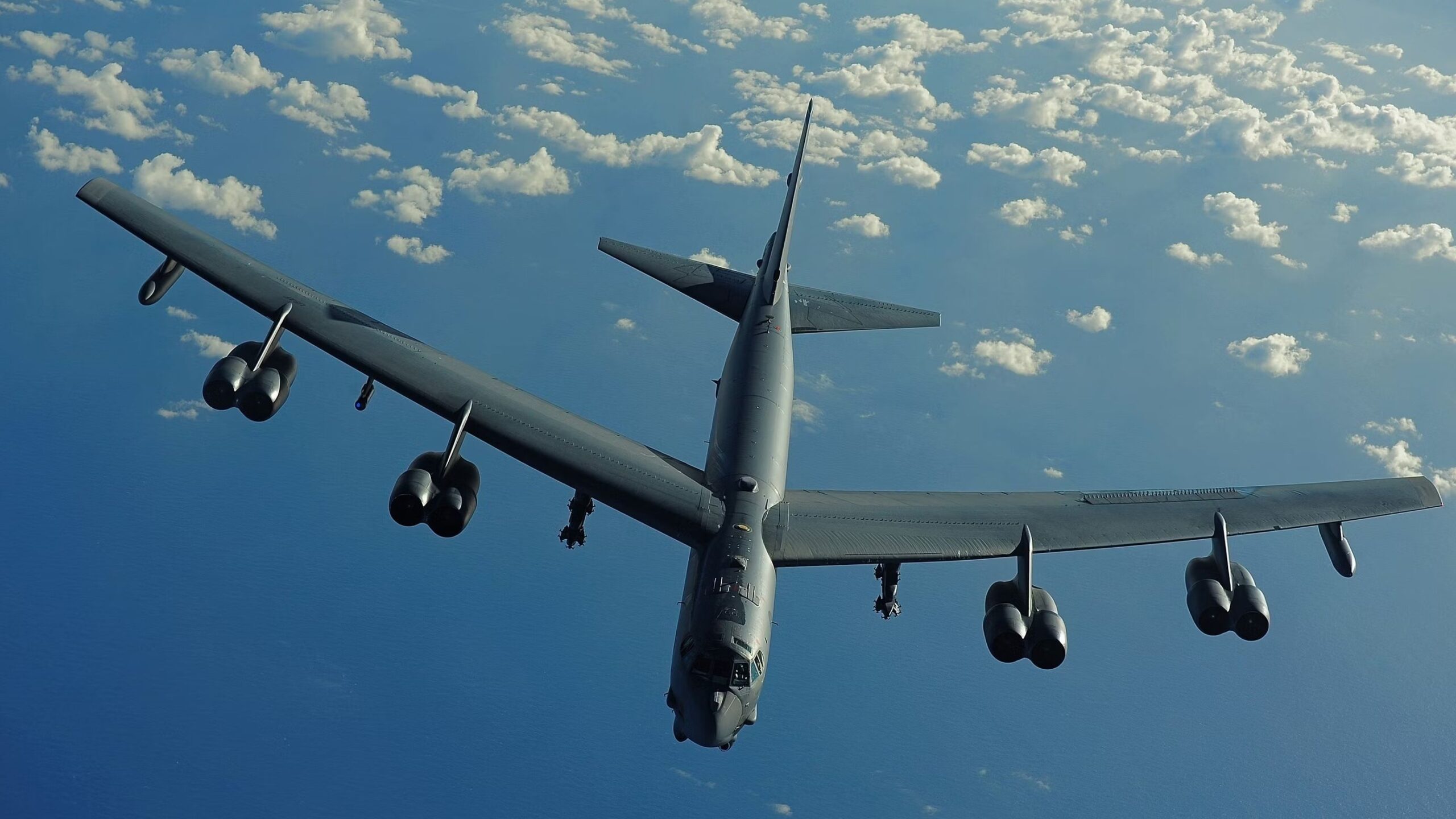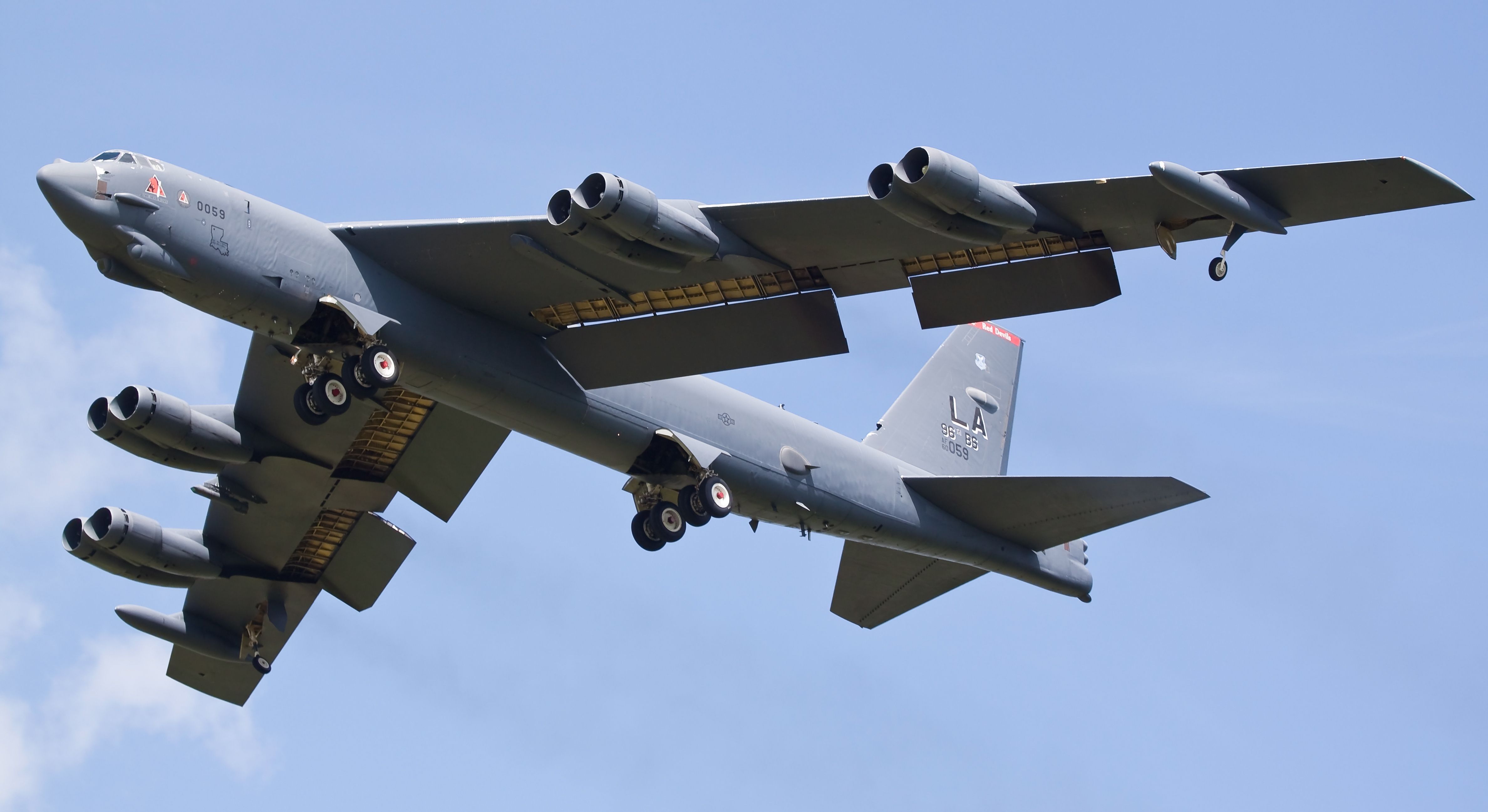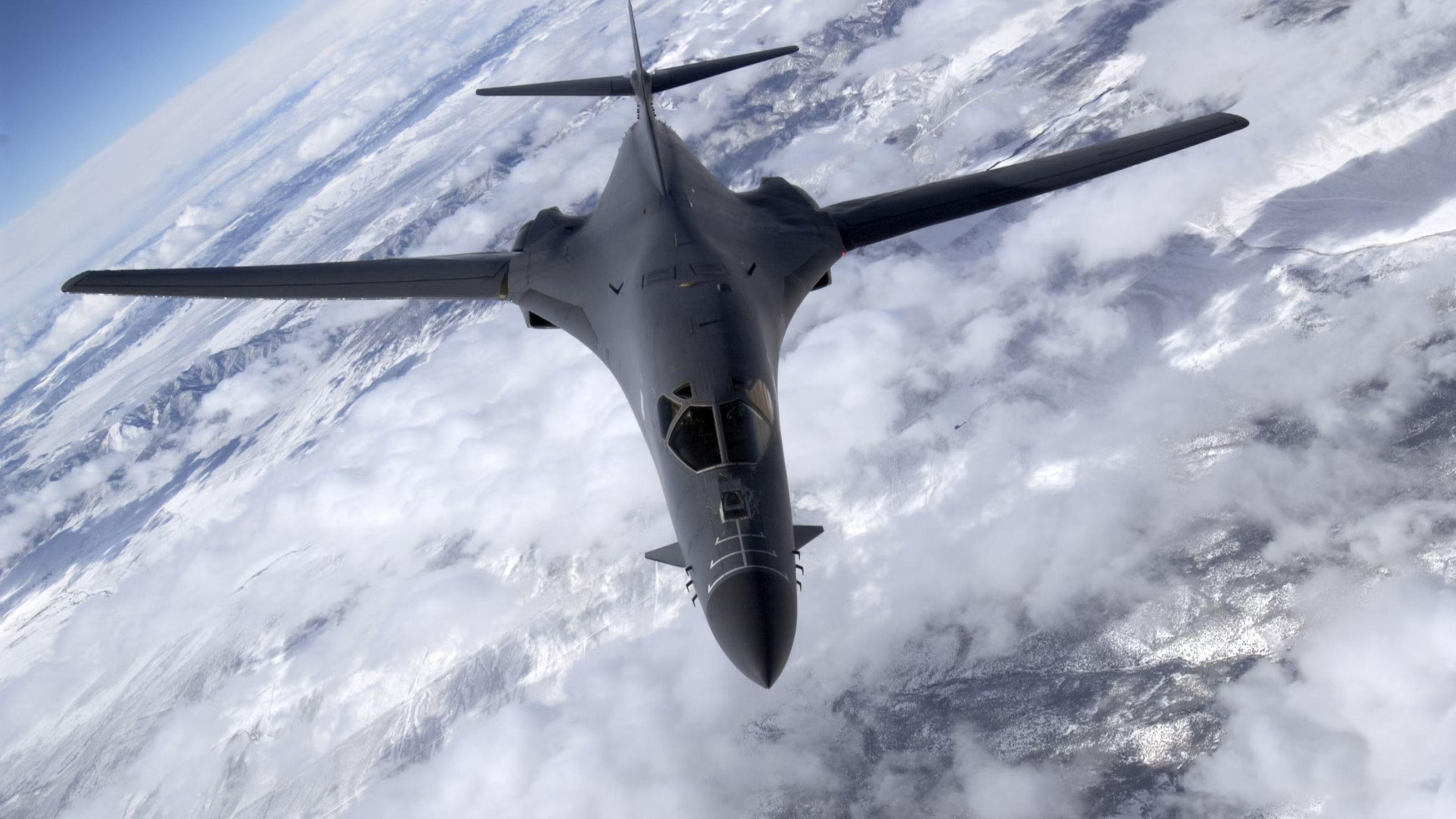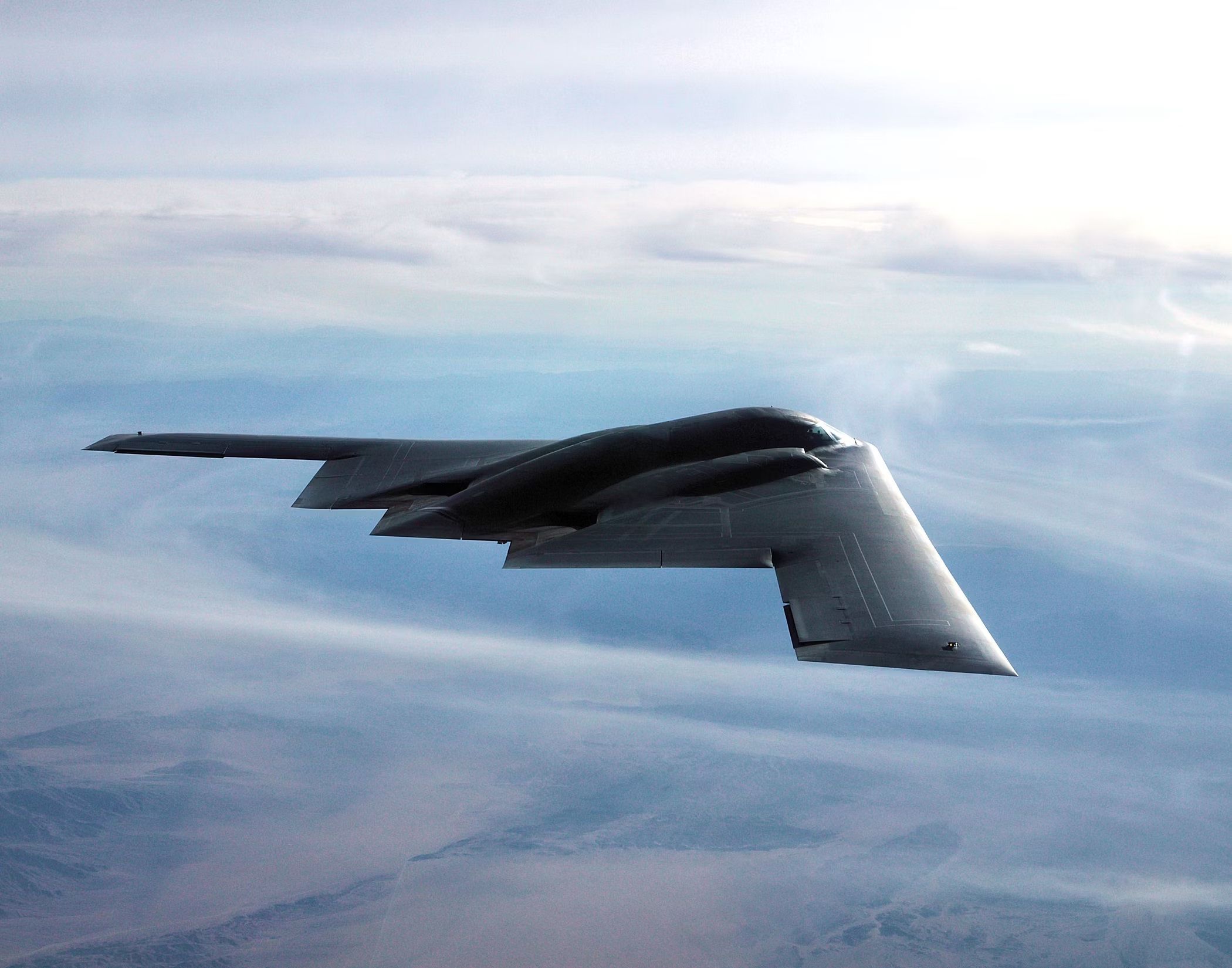Summary
- The Boeing B-52 Stratofortress has been a staple in the US Air Force’s strategic bombing fleet since 1952, with its robust design and nuclear capability.
- The Rockwell B-1 Lancer, introduced in 1986, remains operational and serves as a critical element in the Air Force’s nuclear deterrence force.
- The Northrop Grumman B-2 Spirit is the most advanced of the Air Force’s three active strategic bombers, incorporating stealth technology and capable of delivering thermonuclear warheads.
Throughout the history of the United States Air Force, some of the most legendary aircraft have included strategic bombing aircraft. Every strategic bomber, from the earliest planes to the B-17 Flying Fortress and B-25 Mitchell of World War II, has solidified its place in the history books.
Today, in an era of long-range ballistic missiles and extremely versatile fighter aircraft, not to mention unmanned aerial vehicles (UAVs), the role of the strategic bomber has been thrown into question. Nonetheless, the Air Force still operates over 120 bomber aircraft, and their variety of purposes is fascinating to explore. Let’s take a deeper look at each of the three bombers flown by the US Air Force and what role they play in its modern fleet.
Boeing B-52 Stratofortress
Operational since 1952, the Boeing B-52 Stratofortress has long served as the workhorse of the US Air Force’s strategic bombing fleet. With eight turbofan engines, the aircraft is incredibly robust and capable of performing all different kinds of missions.
Photo: IanC66 | Shutterstock
With a maximum takeoff weight of nearly half a million pounds, the bomber is enormous as well as being nuclear-capable. It is unsurprising that a massive number of them were built, with 744 in total rolling off of Boeing assembly lines.
How much longer will the B-52 stay in service?
With the changing nature of modern warfare, many have begun to question the role that a traditional long-range strategic bomber plays in the modern Air Force. Nonetheless, it doesn’t look like the Department of Defense will be getting rid of the plane anytime soon, with work ongoing to upgrade engines and technology to produce the B-52J. Many have suggested that these upgrades could see the B-52 in service for a whole century longer.
Rockwell B-1 Lancer
This aircraft features a variable-geometry wing and was one of the first supersonic bombers capable of nuclear payload delivery (although it is no longer capable of carrying nuclear weapons). The jet proved a dynamic weapon for the Air Force and remains operational nearly four decades after its introduction in 1986.
Powered by four afterburning turbofan engines, the aircraft can achieve supersonic speeds while carrying massive payloads, with a maximum takeoff weight of nearly 500,000 pounds. The bomber remains a critical element of the Air Force’s nuclear deterrence force, with 104 rolling off the production line. Three variants have been emerged since the original prototype B-1A design was revealed: The B-1B is the one you will see in service with 100 aircraft produced and a top speed of Mach 1.25. However, ther was also a proposal in 2004 for the B-1R (R for regional), which would be faster at Mach 2.2 but with a 20% shorter range. However, no units of the B-1R have been built.
Northrop Grumman B-2 Spirit
Widely heralded as the bomber of the future, the B-2 Spirit is by far the most advanced of the Air Force’s three active strategic bombers. While not capable of supersonic flight, the plane incorporates stealth technology, making it virtually untraceable to enemy anti-aircraft defenses.
Photo: United States Air Force
The B-2 Spirit is one of the US military’s most terrifying weapons, as it is the only known aircraft worldwide that is capable of delivering thermonuclear warheads in a stealth configuration. A typical armament for a B-2 could include up to 16 B83 nuclear bombs, the most powerful weapons in the US nuclear arsenal, each of which is capable of yielding more than 1.2 megatons of destructive power.




